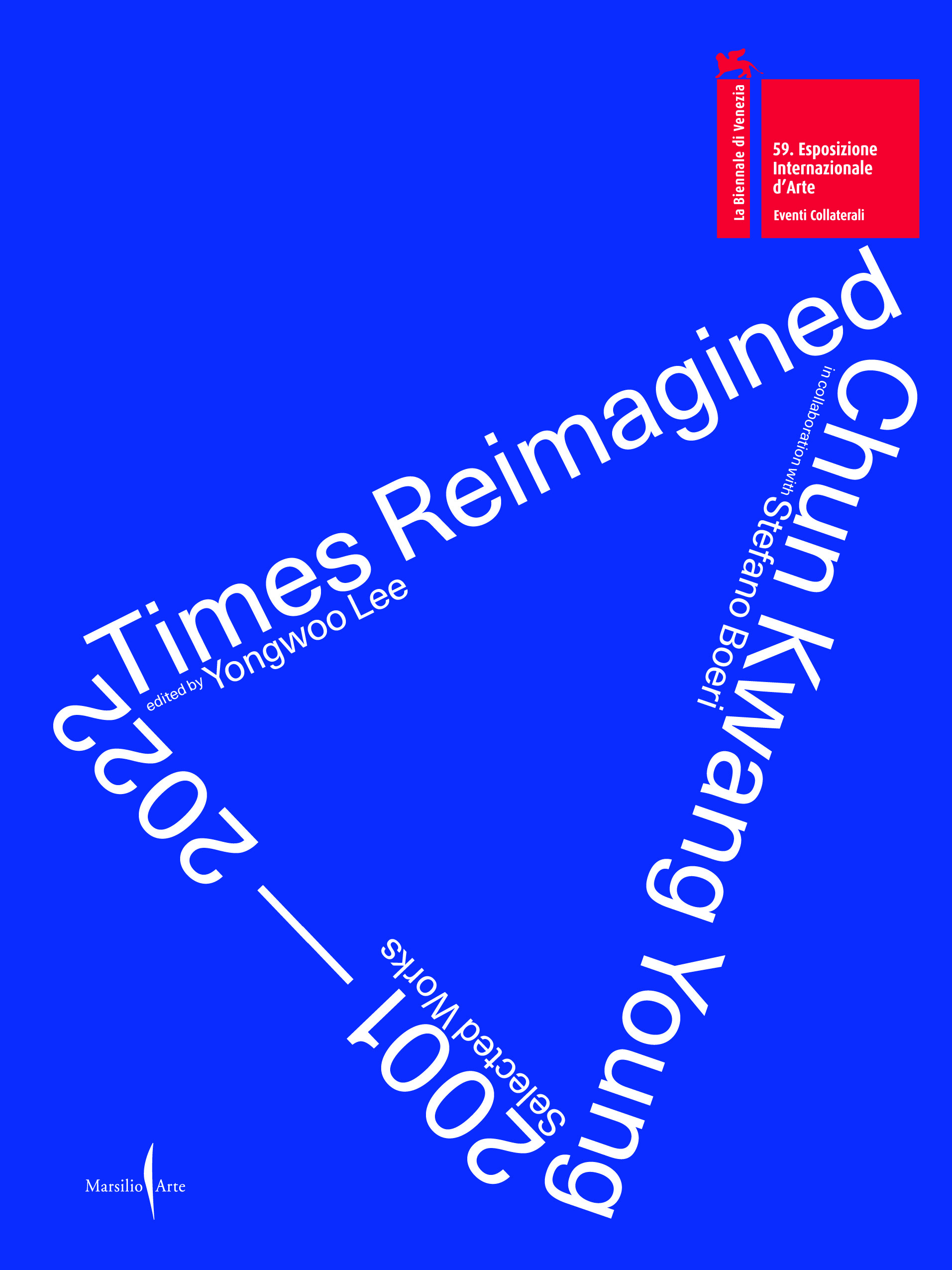An artistic investigation on the themes of interconnection between living beings, biodiversity, life cycle.
The volume, published on the occasion of the homonymous exhibition (23 April – 27 November 2022, Venice, Palazzo Contarini Polignac), collateral event of the 59th edition of the Venice Biennale, analyzes the evolution of the language of the Korean artist Chun Kwan Young, that for over 30 years uses Hanji mulberry paper, ancient Korean artisan production.
The artist creates installations combining hundreds of thousands of paper particles, which form casings of different sizes, dyed with the natural and ancient methods of the Korean tradition. Sculptural compositions that recall crystalline formations, asteroids, living beings, giant mushrooms, deformed insects, various forms of viruses are born. The exhibition also includes a site-specific architectural structure designed by Stefano Boeri, the Hanji House (house made with Korean mulberry paper).
The volume opens with the introduction of the curator Yongwoo Lee and the reflection of Manuela Lucà-Dazio, which places the project within the context of the Biennale.
Lee examines the role of Hanji paper in the artist’s work, analyzing its language and meaning, sustainability and ecological interconnectedness, and reflects on the Hanji House project, which in his opinion represents the architectural interpretation of the work of Chun Kwan Young by Stefano Boeri.
For Chun Kwan Young “Hanji – underlines Lee – is not just a material, but a means that produces artistic imagination and aesthetic language. It also brings sensitivity and memories that go beyond materiality […]. In fact, few materials can be compared to Hanji and paper in general, in terms of environmental compatibility.”
The text by Stefano Boeri and Anastasia Kucherova focuses on the paper house, the Hanji House, conceived as both a precious and playful object, a lighthouse that illuminates at the same time the works of art of Chun Kwan Young and the evocative Renaissance architecture of the Venetian frame, a portable object that changes place and adapts to different contexts.
Anne Pasternak and Joan Cummins reflect on the Aggregations of Chun Kwan Young (this is the title of many of his works), on their relationship with the Korean literary tradition and the artist’s personal past. For Andrew Brewerton, Chun’s work focuses on details (“detail” comes from the French détailler meaning “cut into pieces”), revealing the interconnectedness between all parts of the cosmos.
In the essay by John C. Welchman are analyzed some works presented in Venice, realized in particular between 2000 and 2021. Finally, Chun’s rethought and reconceived “times” are at the center of Wang Liyin’s analysis.
40,00 €





